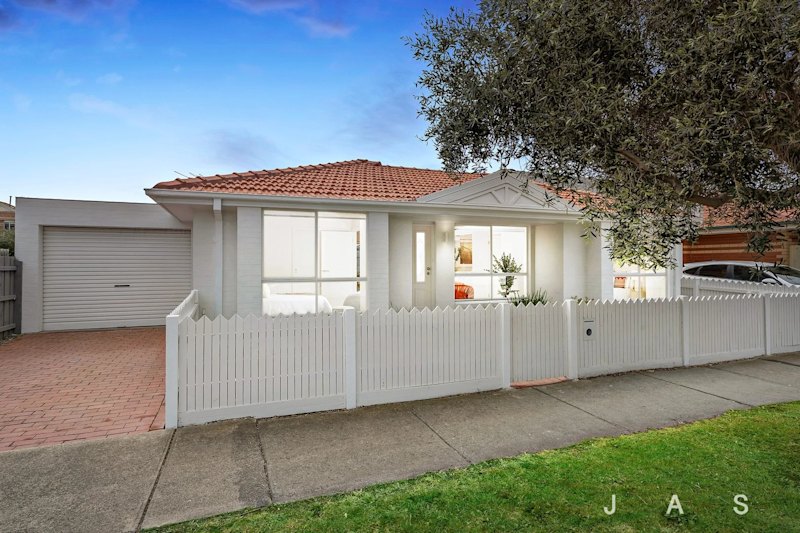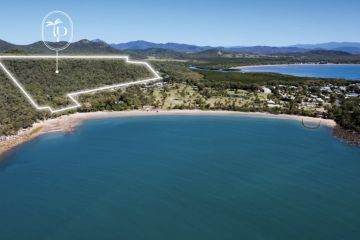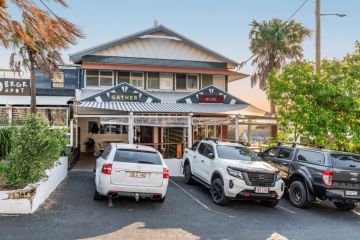Price of doors through the roof as construction costs reach record high
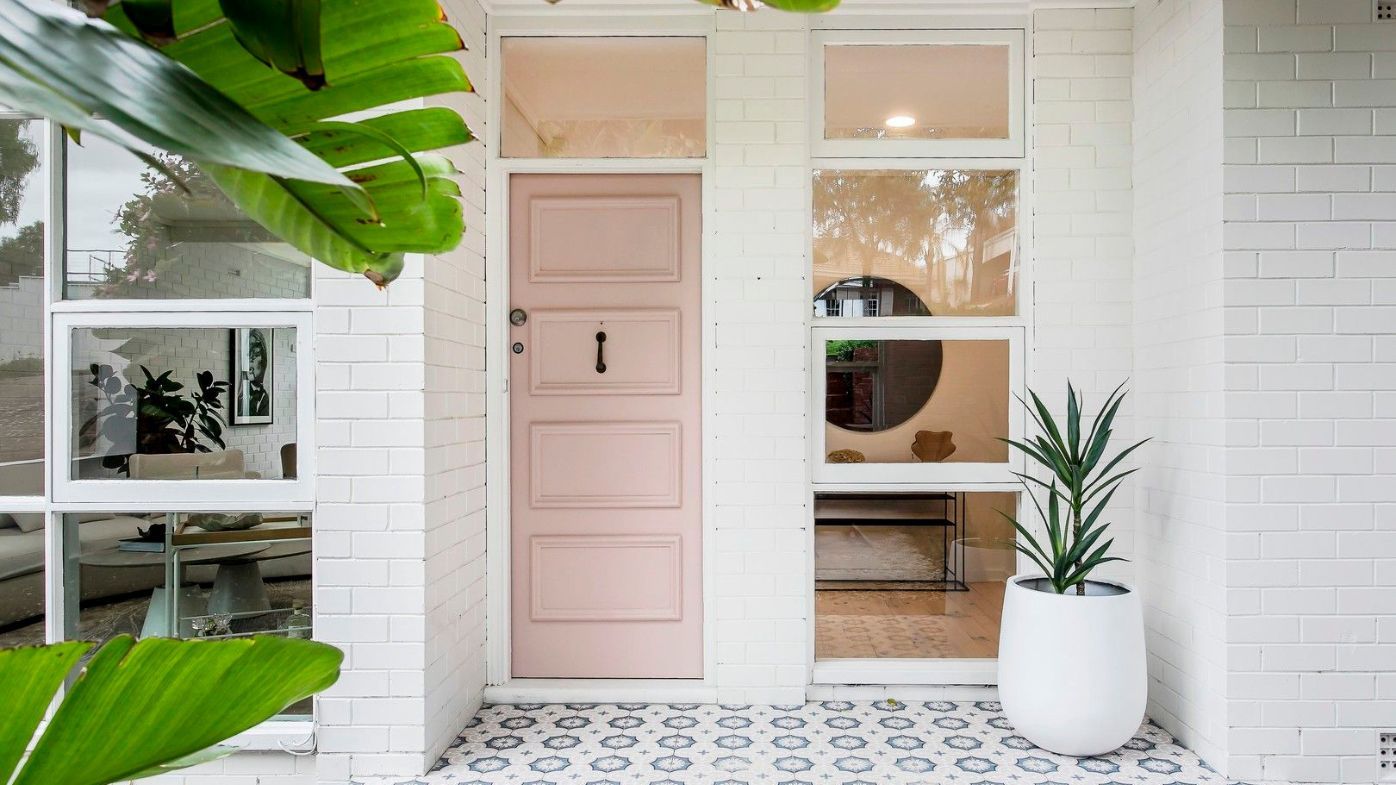
The price of doors has gone through the roof as construction costs hit painful record highs.
Residential construction costs nationally have recorded the highest annual growth rate, leaping 11 per cent over the 12 months to September this year.
In just three months, the price of wall linings and doors has risen sharply, according to CoreLogic’s Cordell Construction Cost Index report.
“In particular we are recording significant volatility in prefabricated framing and the range of products affected by higher building material costs is only growing, with many suppliers having little choice but to pass on price increases,” CoreLogic’s construction cost estimation manager John Bennett said.

“This quarter has also shown a larger increase in the cost of wall linings, including plasterboard and fibre cement, which previously had been relatively stable. It will cost you more to get into your house too, with the price of doors showing a sharp rise in the last quarter.”
The figures follow Ray White data from the ABS that shows the rate of residential construction nationally is slowing.
The ambition of adding more space or modernisation is tempering, as the cost of a renovation blows out, hand-in-hand with cash rate increases, and builders and tradies trickle to a scarce supply.
Raw materials, labour and fuel have gone up the most, the CoreLogic sums show, but sea freight prices have held steady.
Over the past three months, Queensland homeowners have suffered the largest cost blow out.

CoreLogic numbers reveal the price increase in the sunshine state was 5.8 per cent. Western Australia registered a 3.3 per cent jump; 3.8 per cent in South Australia; 4 per cent in New South Wales and 5.6 per cent in Victoria.
“A shortage of labour and more expensive overheads continue to have a bearing on the industry and its impact on the residential construction industry has not been lost with ongoing delays to completion times and a blow out to builders holding costs during a period of market change,” Mr Bennett said.
Homeowners waiting for properties to be finished are potentially moving into private rentals, a sector which is also under stress, with the national vacancy rate holding at a crisis-level 0.9 per cent.
CoreLogic research director Tim Lawless said there is a flow-on impact of climbing construction costs.
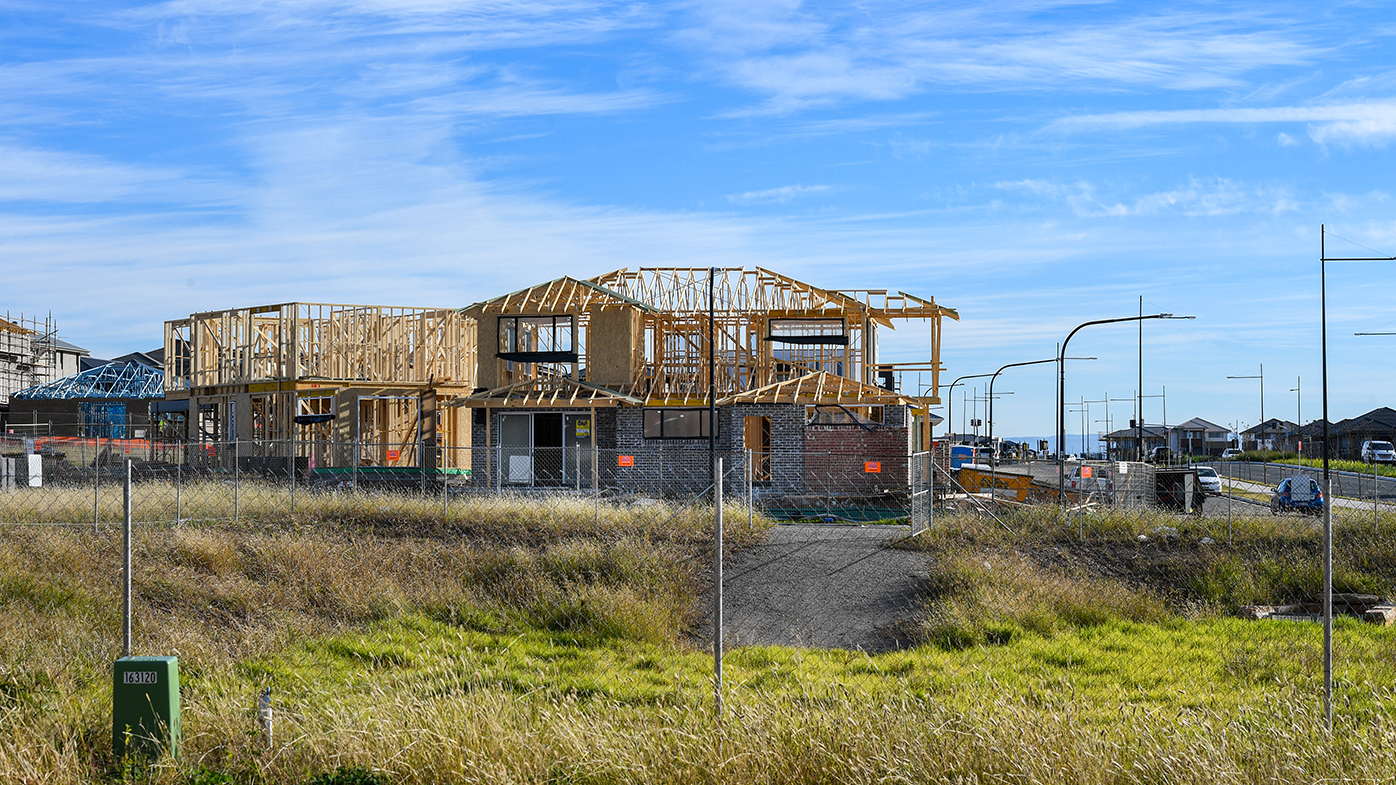
“This new high in the cost of construction flows through to margins, unexpected costs for consumers and potentially lengthy delays to homeowners who are waiting on the sidelines, often in rental or short-term accommodation, for the completion or possibly the start of their project,” he said.
The problem is not expected to remedy in the short to medium term, as tradies race to clear jobs that have been languishing since the pandemic struck.
“The backlog of construction approved during COVID is still being worked through and on top of that is the rebuild and repair work following this year’s major weather events, with more forecast this month. The demand and pressure for construction materials and trades is expected to continue,” Mr Lawless said.
“There’s no quick solution for providing additional materials and fuel costs remain elevated. All of these factors have an impact and are likely to push building costs higher for some time yet.”
We thought you might like
States
Capital Cities
Capital Cities - Rentals
Popular Areas
Allhomes
More
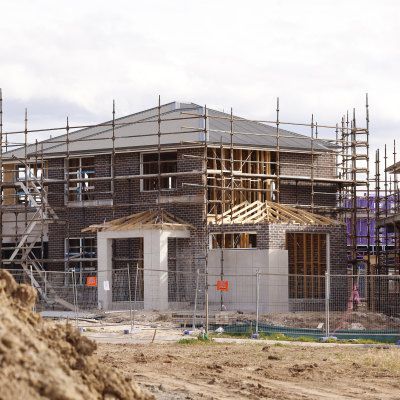
/http%3A%2F%2Fprod.static9.net.au%2Ffs%2Fea22d19b-ff83-4915-8ec8-f1956de7afbb)
/http%3A%2F%2Fprod.static9.net.au%2Ffs%2Fe7a4f901-3fb2-476a-a7de-5e3352f9c901)

